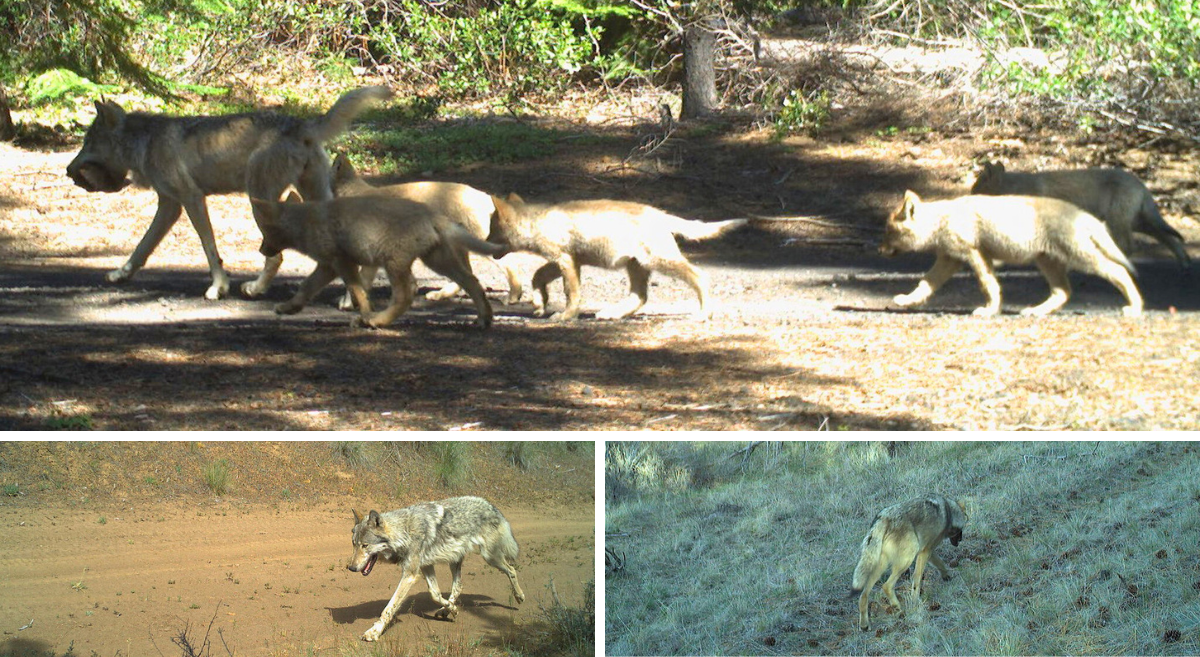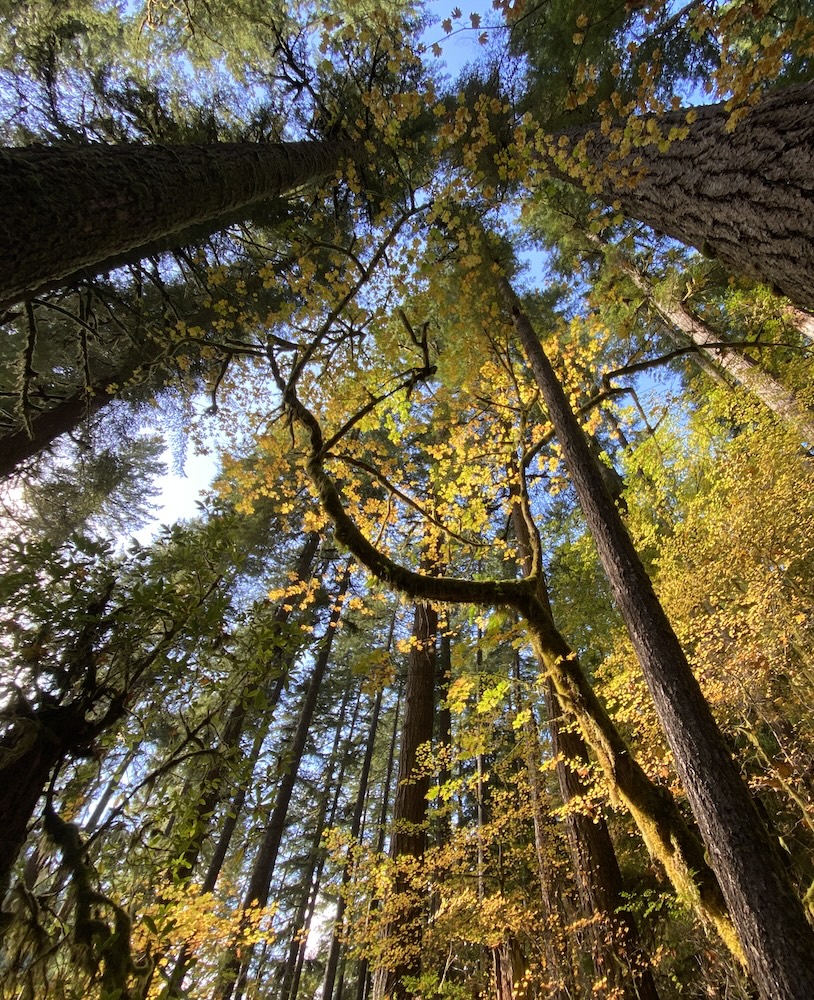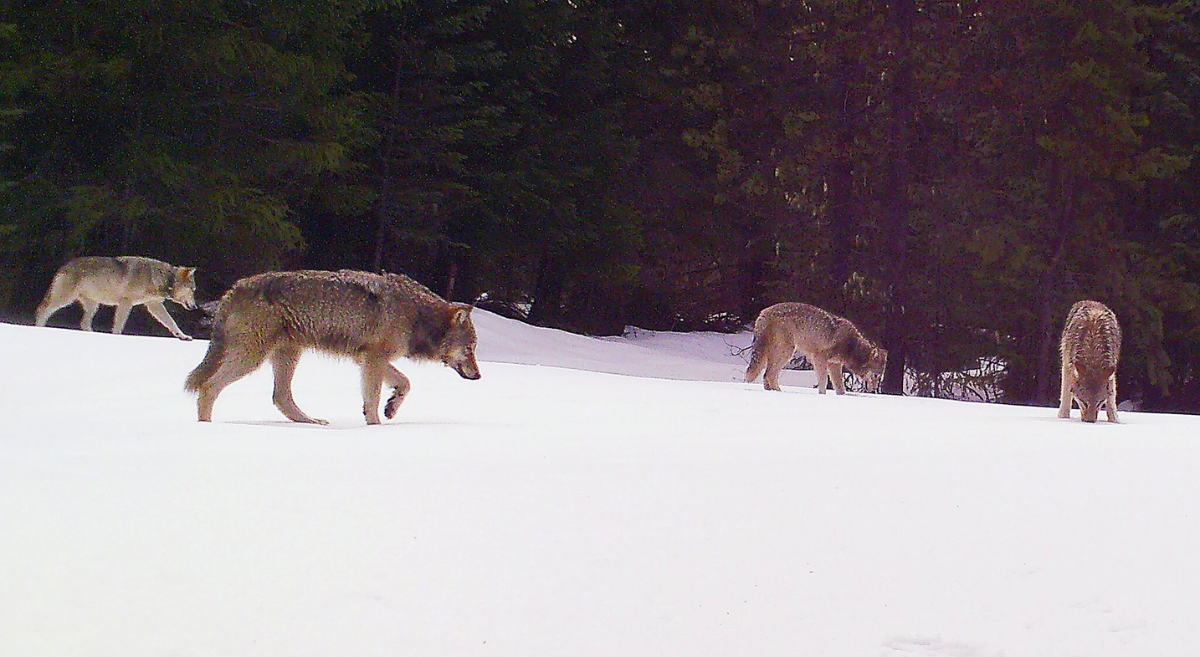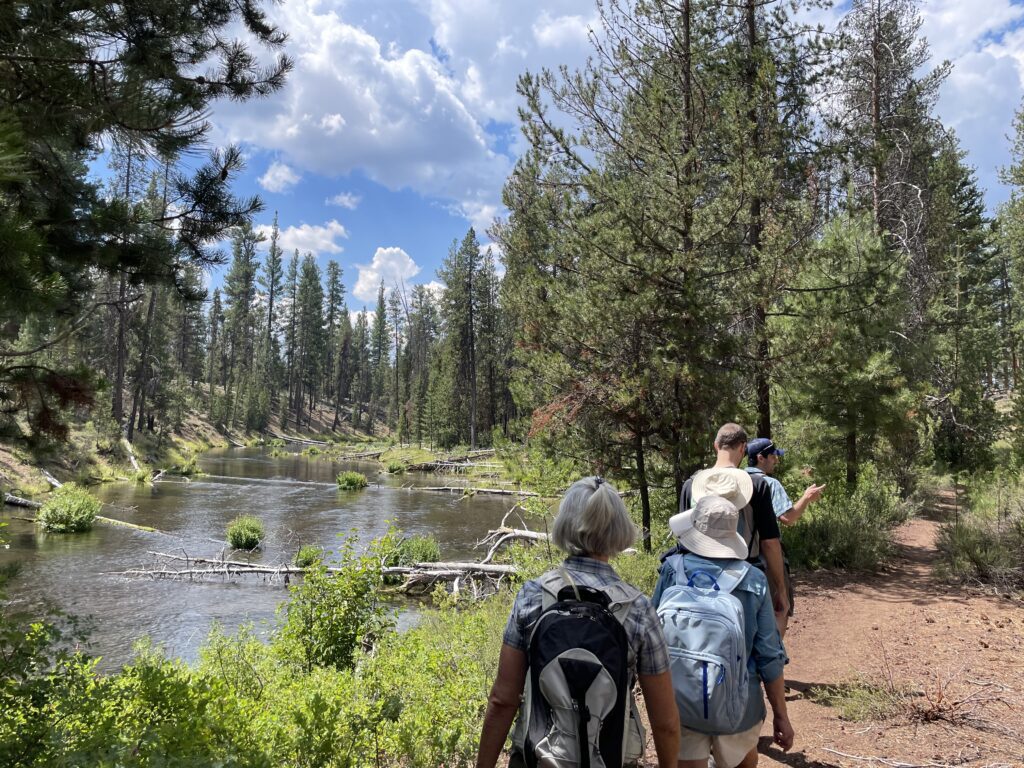The Oregon Department of Fish and Wildlife (ODFW) released the 2022 annual wolf report detailing the status of wolves in the state based on data collected last year. While the agency tried to put a positive spin on it by saying wolves in western Oregon were increasing, a deeper analysis shows the true nature of the report: another frustrating year of stagnant growth overall driven by human caused mortality. Major takeaways from the 2022 report:
- Human-caused mortality is still the number one factor in preventing full wolf recovery. Of the 20 known wolf mortalities in 2022, 17 were human-caused. That’s roughly 10% of the total population. There is only a single case of a wolf dying from natural causes. Here’s a quick breakdown of mortalities:
- Known poaching: 7
- Killed by ODFW staff in response to predation: 6
- Killed by vehicles: 2
- Shot by individuals: 2
- Killed by a cougar: 1
- Unknown: 2
- The wolf population grew by only 3, bringing the total to 178 in 2022. Growth over the past several years has stalled, which is of major concern. Scientists estimate Oregon could sustainably support up to 1,450 wolves. With only 178 individuals, Oregon is well below carrying capacity. To further illustrate, this is the 13th year of wolf recovery in Oregon (2009-2022) and there are only 178 known wolves. Thirteen years into Idaho’s recovery, the state population was estimated at 846 wolves and no less than 428 in 88 packs as wolves were reintroduced to Idaho in 1995.
- A significant portion of deaths over the years (with 2 in 2022 and 4 in 2021) have been due to vehicle strikes. It is clear that wolves and other wildlife need safe places to cross major roads and highways. Oregon in particular lacks such connectivity infrastructure compared to other states in the region with just 5 crossings compared to Washington with over 30 and California with over 50.
- Worryingly, there were two separate instances of people shooting wolves and not being prosecuted. Perhaps more disturbingly, in Wheeler County, someone shot a yearling collared wolf and claimed they thought it was a coyote. They only received a civil fine. There was also a wolf that had been reported as shot in Wallowa County, but was later recategorized as a vehicle strike – drawing skepticism from wildlife conservation advocates.
- Wolves are very social animals. Deaths within packs can have catastrophic impacts. As wolf numbers have plateaued in the last few years, depredation investigations and confirmed predations have increased significantly showing a vicious cycle that killing begets more killing as packs are sent into disarray. In other words, the increased rate of human killing has become normalized, while conflict and payouts to livestock managers – even for livestock that simply go missing – is increasing. Clearly, management through killing is counterproductive, as scientists have been saying for years. And payouts to the industry are not achieving their intended goal: building tolerance and reducing conflict
- ODFW has continued to fail to recover the wolf population in Oregon, which points to the need for a stronger wolf plan. It’s tough to be a wolf when in recent years, no less than 10-20% of Oregon’s wolves have been killed by people (mostly poachers and ODFW authorized kills). If ODFW can’t or won’t effectively address the pervasive poaching problem they must stop killing wolves. Additionally, this report should serve as a warning to promptly shut down the absurd idea that we need to hunt wolves for any reason. Endangered Species Act protections must also be reinstated. Where ODFW has management authority, the population is declining and the only reason the population grew at all is because wolves have begun to expand into new territory where they have federal protections. Prior to delisting, populations were growing by 43% annually. Since then, they’ve never been higher than 15%, and the last two years, they were less than 2%. These numbers track the state’s own worst-case scenario.
For more information read our press statement here.
To read our analyses about previous years’ wolf reports, check it out here.
Sign up for our upcoming webcast to learn more about wolves here and how to help protect them here.







